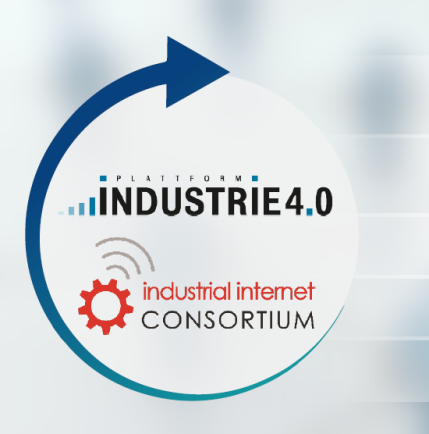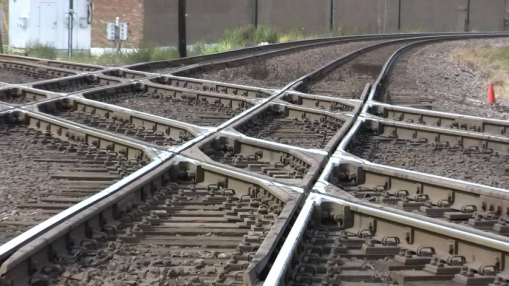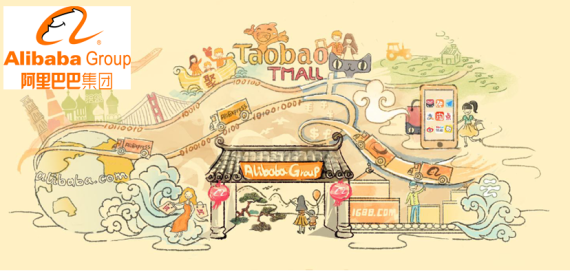 In my last post I spent some time examining the opportunities and challenges of innovating in an old economy industry – the railroad industry.
In my last post I spent some time examining the opportunities and challenges of innovating in an old economy industry – the railroad industry.
For some industries, especially those that are asset-light, innovation can seem so simple. Creating another compelling feature, service or product on top of an already agile set of capabilities can be pretty straightforward.
For old economy companies with infrastructure, equipment and assets, trying to innovate can seem very difficult, because of the history you have to bring along, and because of the standards, platforms and ecosystems that define your value proposition.
So here’s where both asset light new economy companies (Uber, AirBnB, etc) and old economy, asset rich industries can find common innovation ground.
 We are all moving from the simple digitalization (3rd Industrial Revolution) to innovations based on multiple combinations of technologies, ushering in increasingly the 4th Industrial Revolution.
We are all moving from the simple digitalization (3rd Industrial Revolution) to innovations based on multiple combinations of technologies, ushering in increasingly the 4th Industrial Revolution. Paul and I have been writing mostly about ecosystems and platforms in the abstract to date, not spending a lot of time talking about specific companies or industries.
Paul and I have been writing mostly about ecosystems and platforms in the abstract to date, not spending a lot of time talking about specific companies or industries. If ever there is one company in my mind that is at the forefront of building ecosystems, platforms and customer engagement, that is the
If ever there is one company in my mind that is at the forefront of building ecosystems, platforms and customer engagement, that is the We need to shift our innovation thinking, it needs to be digitally transformed. We need to accelerate our activity and engagement and to achieve this, we need to widen out our communities and connect differently.
We need to shift our innovation thinking, it needs to be digitally transformed. We need to accelerate our activity and engagement and to achieve this, we need to widen out our communities and connect differently. Why wait?
Why wait? To borrow a phrase from the musician formerly known as Prince, we are innovating, at least in regards to platforms and ecosystems, like it’s 1999. This isn’t to suggest innovation is making beautiful music, but to take you back to a specific point in time and think about the conditions.
To borrow a phrase from the musician formerly known as Prince, we are innovating, at least in regards to platforms and ecosystems, like it’s 1999. This isn’t to suggest innovation is making beautiful music, but to take you back to a specific point in time and think about the conditions. Today business organizations are in need to put in place the building blocks for managing ecosystem designs.
Today business organizations are in need to put in place the building blocks for managing ecosystem designs. Paul and I have been exploring the interrelationships between innovation, ecosystems and platforms for a few weeks now.
Paul and I have been exploring the interrelationships between innovation, ecosystems and platforms for a few weeks now.